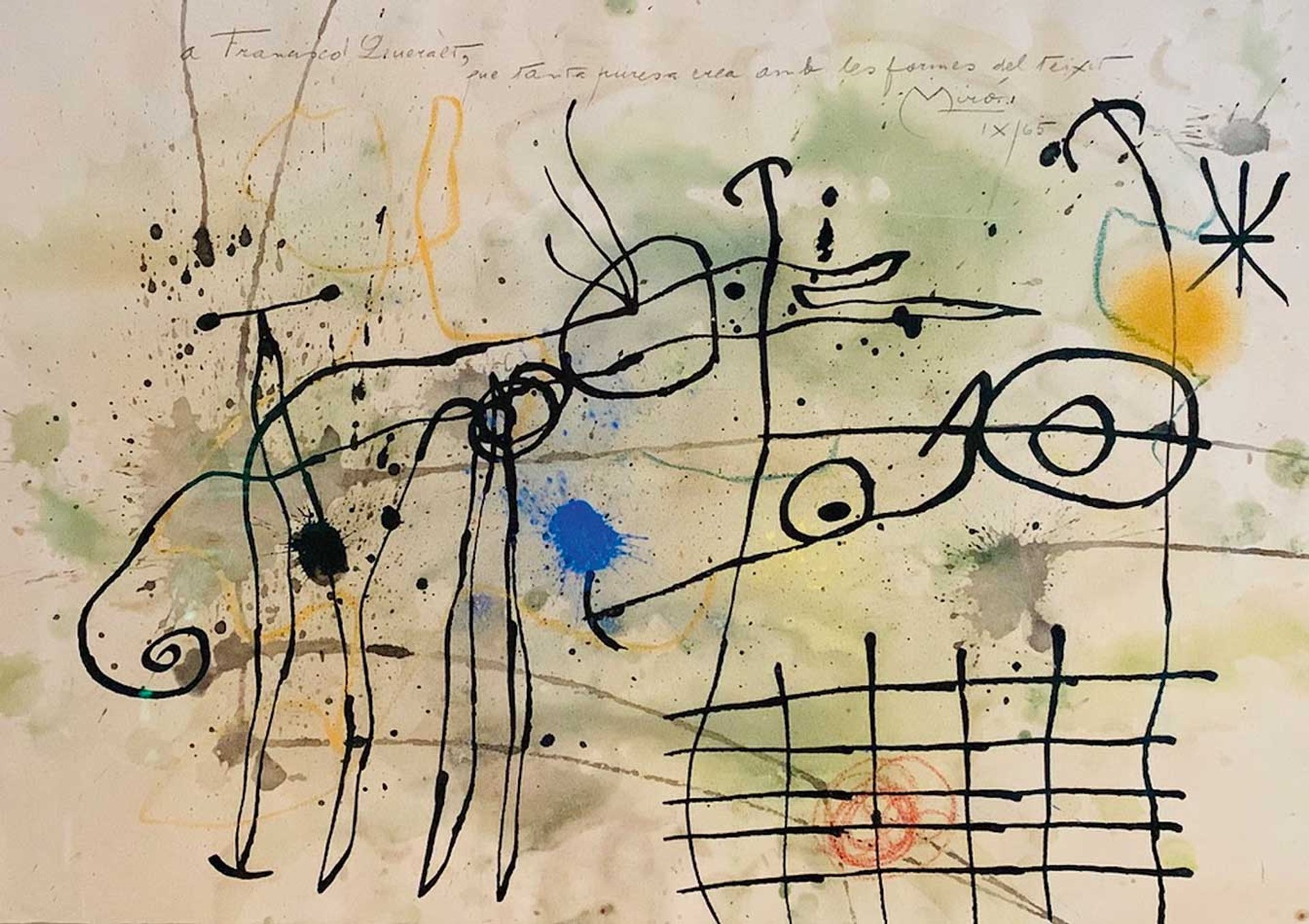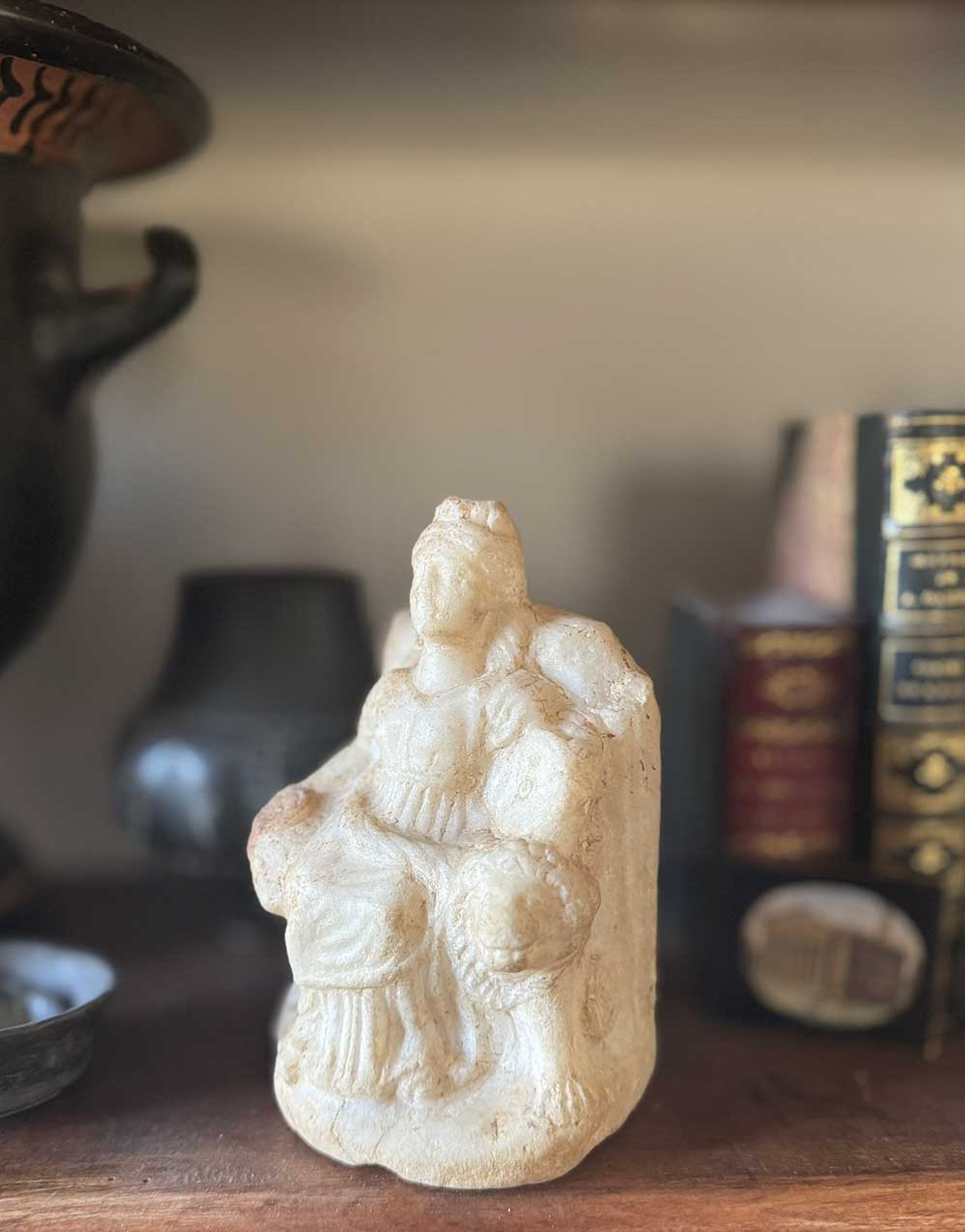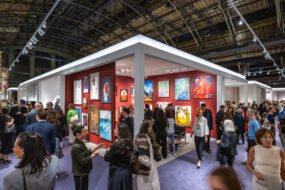
Yves-Bernard Debie, a noted private collector of Roman and Egyptian antiquities and a partner in the Brussels-based law-firm Matthys & Debie, brings a legal perspective to the often opaque world of ancient art. Known for his legal focus on provenance and compliance, Debie has positioned himself at the intersection of collecting and cultural heritage law, advocating for clearer standards in the field.
His approach to collecting made him a leading expert on the requirements set out in EU Regulation 2019/880 regarding the importation of cultural property into the European Union. While Debie is critical of practices—both institutional and private—that overlook provenance issues and supports the return of looted artefacts when legal ownership is in question, he notes that the new regulation, set to come into law in June 2025, “forces collectors to prove something that is often impossible”.
“Such traceability requirements will harm and impoverish European art collections,” he says of the regulation. As part of his legal practice, Debie has represented many noted dealers who have been questioned by authorities relating to the provenance of the antiquities in their possession. Debie believes the EU risks casting respected collectors as criminals by making unrealistic compliance demands. “Many artefacts have been legally traded for decades,” he says. “But their documentation has not always been preserved because there was no obligation to do so.” By combining his legal expertise with a collector’s eye, Debie is a significant voice in ongoing discussions around ethical collecting and cultural property.
The Art Newspaper: What was the first work of art you ever bought?
Yves-Bernard Debie: My grandfather and father were both collectors. I started very early by their side. I collected many different works as I grew up and, over time, as my means allowed.
If I had to choose one, I’d say a marble statuette representing a Roman Cybele—the mother goddess or Mother of the Gods, personifying wild nature. I must have been around 15. It’s of mediocre quality and was not very expensive, but I had to borrow the money from my father. Even today, I bring it to court hearings when I’m representing a collector to help judges understand what a collection is, how one builds it, and the issues around provenance.
But I could also tell you about my first Miró, or my first piece of tribal art, and so on.

Joan Miró’s Septembre 1965
Photo: Louis-Raphaël Debie
What was the last work you bought?
Last week—a work by the Congolese artist Chéri Samba, from the Brussels gallerist Didier Claes.
How would you describe your taste?
Eclectic and insatiable. The tiniest ancient fragment thrills me just as much as a Quattrocento painting. Even a simple Neolithic arrowhead—as long as you can feel that its maker tried to bring out the stone’s nuances and combine the functionality of a hunting weapon with a thoughtful aesthetic. Any work that reflects human genius moves me deeply.
What purchase do you regret not making when you had the chance?
All the ones I loved but couldn’t afford. There are so many. I often think of a small pencil drawing by Georges Braque I saw at a famous dealer’s booth on Quai Voltaire [in Paris], across from the Louvre.
That said, there are stories that end well. I chased after a Marquesan ’U’u club [pictured with Debie above] for 20 years without being able to afford one—and then, one day at Christie’s…
If you could own one work from a museum, what would it be?
This fragment of a queen’s face in yellow jasper, dated to the New Kingdom, around 1390BC-1336BC, at the Metropolitan Museum of Art in New York—probably from the Amarna period.
All the strength, beauty and sensuality of the bust are still present in this fragment. Exceptional!

Debie’s marble statuette representing a Roman Cybele, which he sometimes takes to court
Photo: Louis-Raphaël Debie
Where do you like to eat and drink in New York City?
New York is an extraordinary city—a masterpiece in its own right, just like the works of art in its museums. Please forgive the lucky tourist that I am. For my stay: The Mark Hotel on the Upper East Side, close to Madison Avenue and Central Park, with a room that absolutely must face 77th Street. As for restaurants—that’s tough, there are so many. I have such fond memories. Let’s say Katz’s Delicatessen, for its hand-carved pastrami, and The Grill in the Seagram Building—dreaming of the Rothko works that were originally intended for it, and the freedom of the artist who ultimately declined. To grab a drink: 230 Fifth on Fifth Avenue for its rooftop terrace.
What do you like least about art fairs?
Two things: chasing after champagne and canapés during previews and wanting to buy a piece that has already been sold.
What advice would you give to someone visiting Tefaf New York for the first time?
Always the same: you have to buy—within your means, of course—but, above all, with your heart. A work should move you, win you over and sometimes even strike you like lightning. When you buy from a good dealer and fall in love with the piece, you never go wrong.









